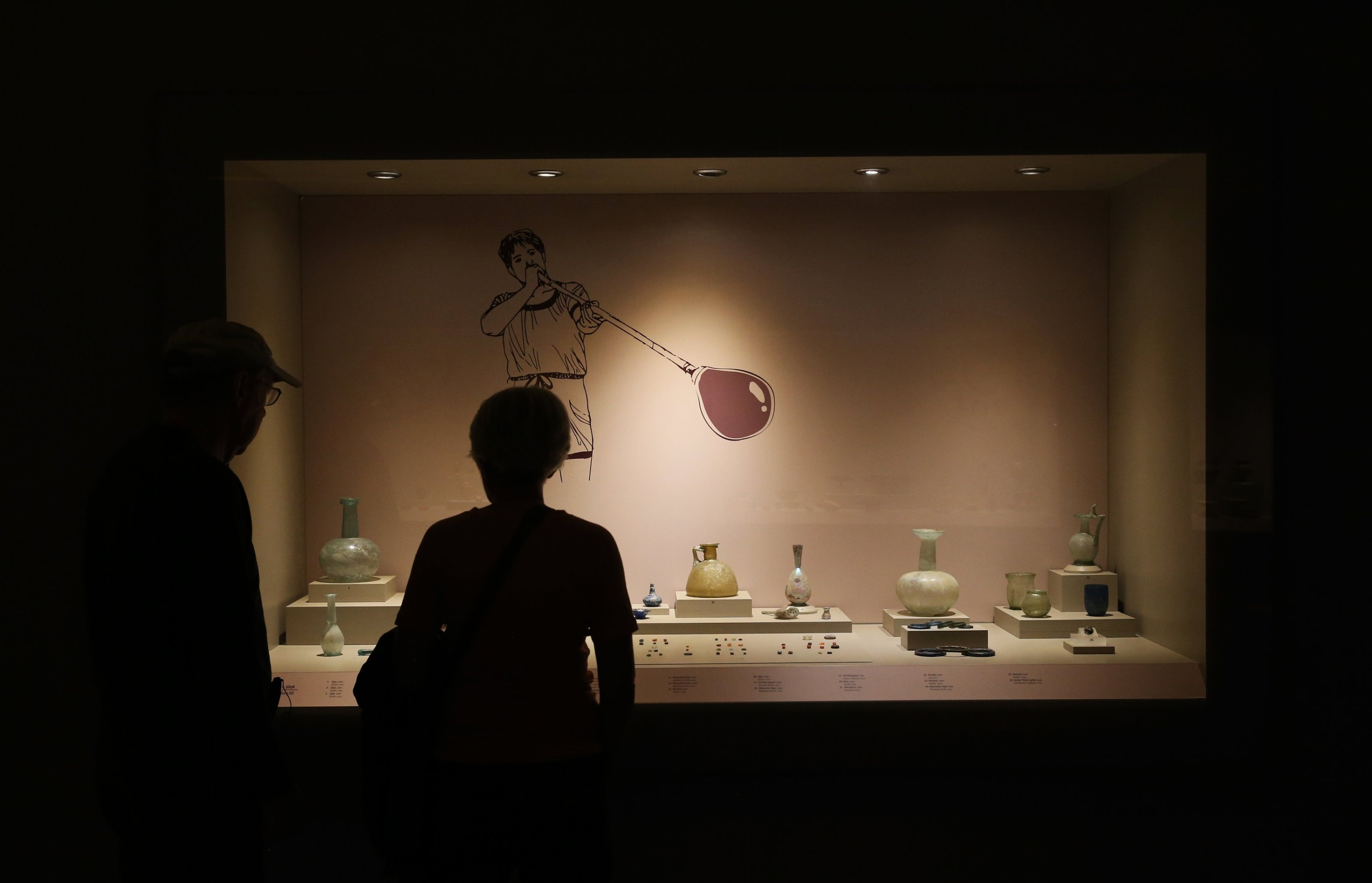© Turkuvaz Haberleşme ve Yayıncılık 2025
Located in the Selçuk district of Izmir, the Ephesus Museum offers visitors a rich historical experience with its collection of approximately 4,000 artifacts. Spanning a vast timeline from the Mycenaean civilization (1600-1100 B.C.) through to the Ottoman era, the museum provides a comprehensive view of ancient Greek history and culture.
Affiliated with the Ministry of Culture and Tourism, the museum organizes its collections thematically, showcasing artifacts unearthed during excavations in Ephesus and surrounding ancient cities. The museum not only covers the early periods of Greek history but also features pieces that trace the evolution of culture through the ages, from the Mycenaean period to the Ottoman era.
Among the most significant displays are the Ephesus Artemis statues, which stand out for their cultural and artistic value. The statues of Artemis, the Greek goddess of hunting, wilderness and fertility, are particularly notable in the museum’s extensive collection.

In addition to the Artemis statues, the museum features other remarkable artifacts, including a bust of Marcus Aurelius, the Roman emperor and philosopher, discovered at the Yamaçevler excavation site. Also on display is the Ivory Frieze of Emperor Trajan, a detailed artwork made of ivory and the head of Eros, found on the famous Curetes Street. These artifacts are among the must-see treasures of the museum.
One of the museum’s most striking sections is its middle courtyard, where visitors can explore the ancient Turkish settlements’ trade life and a variety of crafts. Another section exhibits a vast collection of coins and jewelry made of gold, silver, copper and electrum, dating from the ancient period to the Ottoman era.
Murat Kaleağasıoğlu, the director of the Ephesus Museum, shared insights about the cultural significance of the statues. He explained that the Ephesus Artemis is different from the Artemis in Greek mythology. While the Greek Artemis is associated with hunting, the Ephesus Artemis embodies the qualities of Kybele, the Anatolian mother goddess, symbolizing fertility and abundance.
Kaleağasıoğlu also highlighted the unique features of the Artemis statues: "The Great Artemis statue is adorned with a crown called a 'polos' and its surface is decorated with nodules symbolizing fertility and abundance. The statue also features bee motifs on its skirt, which are significant symbols of Ephesus."
The Beautiful Artemis statue is decorated with a Zodiac belt around its neck and features deer, symbolizing the goddess’s connection to nature.
“These statues leave visitors in deep admiration,” Kaleağasıoğlu remarked. “Both the Great Artemis and the Beautiful Artemis statues were discovered during the 1954 excavations in Ephesus, specifically in the Prytaneion – a ceremonial building that could be compared to a municipal building today. They have been part of the museum’s collection ever since."
The Ephesus Museum continues to attract more visitors each year. Kaleağasıoğlu noted that in 2024, 250,000 people visited the museum and the visitor count in the first three months of 2025 already reached 21,000, marking a 15% increase compared to the same period last year.
The museum ensures that all artifacts unearthed from the ancient city of Ephesus and surrounding areas undergo thorough documentation, restoration and preservation processes. Physical conditions such as temperature and humidity are continuously monitored to protect the artifacts, ensuring that they are passed down to future generations.
